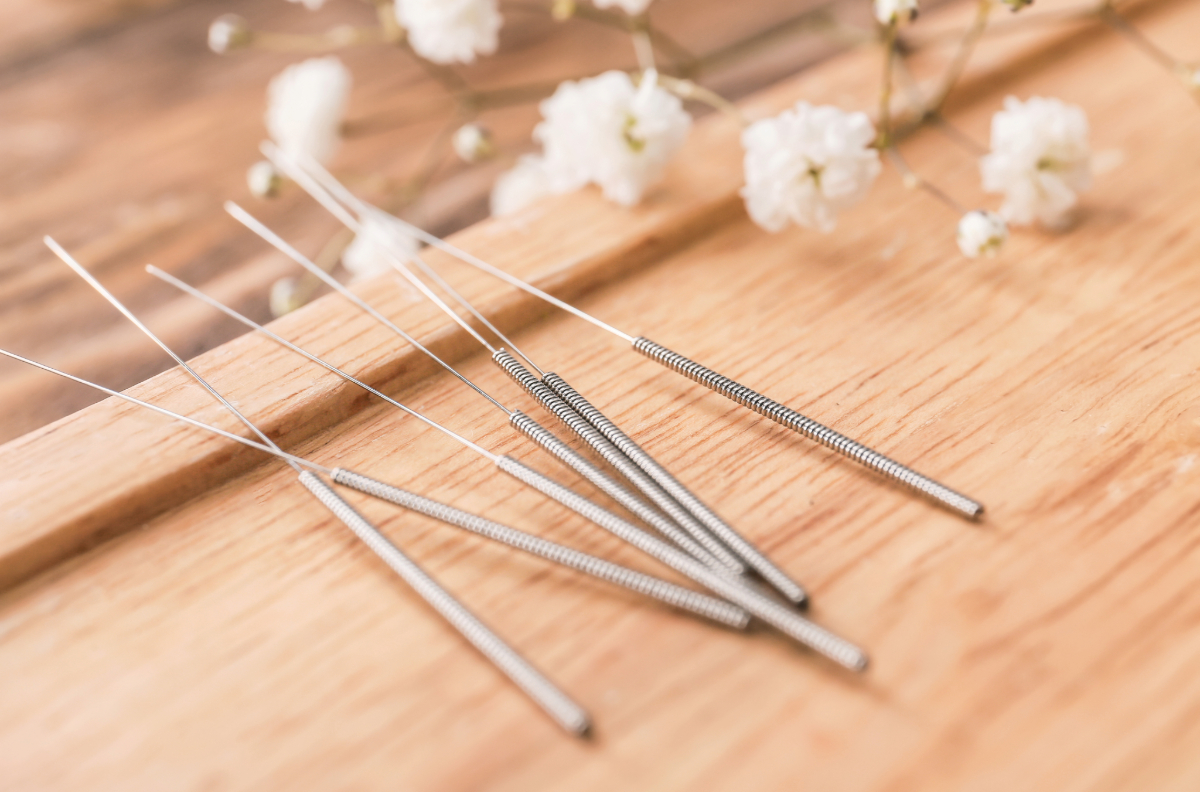Ancient Eastern Medicine for Modern Health

Traditional Eastern medicine has long been celebrated for its natural ability to ease pain and promote overall wellness. Practices like acupuncture, cupping, and gua sha have gained widespread popularity in Western culture, partly due to endorsements from celebrities and athletes. (Who could forget the media frenzy when Michael Phelps showed off his cupping marks during the 2016 Olympics?) Today, these techniques are regarded in the West as effective alternatives to prescription medications for pain relief and wellness.
Restoring Balance in the Body
Traditional Chinese medicine (TCM) practices, such as acupuncture, have been utilized for thousands of years to address a wide range of medical concerns. Originating in China more than 4,000 years ago, TCM is founded on the belief that energy, or chi (or qi, pronounced “chee”), flows through pathways in the body called meridians. When the flow of chi is disrupted, it can lead to pain and illness.
In Western medicine, medical acupuncturists integrate TCM practices alongside conventional treatments to target areas of inflammation, which, according to the National Center for Integrative Medicine, triggers a response from the body’s nervous system. These therapies—acupuncture, cupping, and gua sha—use pressure to stimulate blood flow, enhance circulation, and promote healing, while offering relief from pain.
How many of these TCM practices do you recognize?
- Acupuncture involves inserting ultra-fine, sterile needles into specific points on the body to naturally alleviate pain and discomfort. Since the 1970’s, acupuncture has steadily grown in popularity and is practiced in the West for its ability to stimulate nerves, muscles, and connective tissues. This process activates the body’s natural pain-relieving mechanisms, promoting healing and comfort.
- Cupping therapy involves placing glass or plastic cups on areas of the body experiencing pain. Once the cups are placed, air is suctioned out, creating a vacuum that draws the skin and superficial tissues upward. This process promotes fluid flow to the targeted area, enhances circulation, and helps encourage healing.
- Gua sha, or “scraping,” involves using a smooth-edged tool to gently scrape over areas of the body with inflammation or tension. Similar to a tool-assisted massage, gua sha is often combined with acupuncture to boost blood circulation, reduce inflammation, and enhance pain relief.
What Conditions Can Be Treated with Acupuncture?
Acupuncture treatment, alongside cupping or gua sha, offers a broad range of physical and mental health benefits. Depending on your unique health needs and how your body responds, acupuncture can help treat conditions such as:
- Mental health concerns
- Reducing substance use
- Acute and chronic pain
- Neurological conditions
- Pulmonary issues
- Gastrointestinal and genitourinary problems
- Postoperative symptoms
- Chemotherapy-related symptoms
- Miscellaneous conditions like morning sickness or chronic fatigue
Acupuncture is an ancillary treatment that should be integrated into your overall medical care, and is most effective when combined with physical therapy, behavioral health counseling, or in some cases, medication.
Natural Pain Management Support
Our Personal Health Navigators can help you schedule a consultation with Dr. Neema Shakibai, our medical acupuncturist. During this visit, you’ll review your medical history and treatment goals to determine whether acupuncture is a clinically appropriate option. Your consultation will help shape a personalized plan tailored to your specific needs.
The majority of services at The Health Center are billed through insurance and are subject to standard in-network copays and deductibles. A small number of services—such as nutrition counseling, gua sha, cupping, and cosmetic procedures—are self-pay. If you have questions about whether a service is covered or available as self-pay, please contact a Personal Health Navigator by chatting in the portal.
Chat with a Navigator to Schedule a Consultation
To schedule an acupuncture consultation at The Health Center at Hudson Yards, log in to your portal account and chat with a navigator.
If you have not already done so, register your portal account today and make the most of the care services available to you.